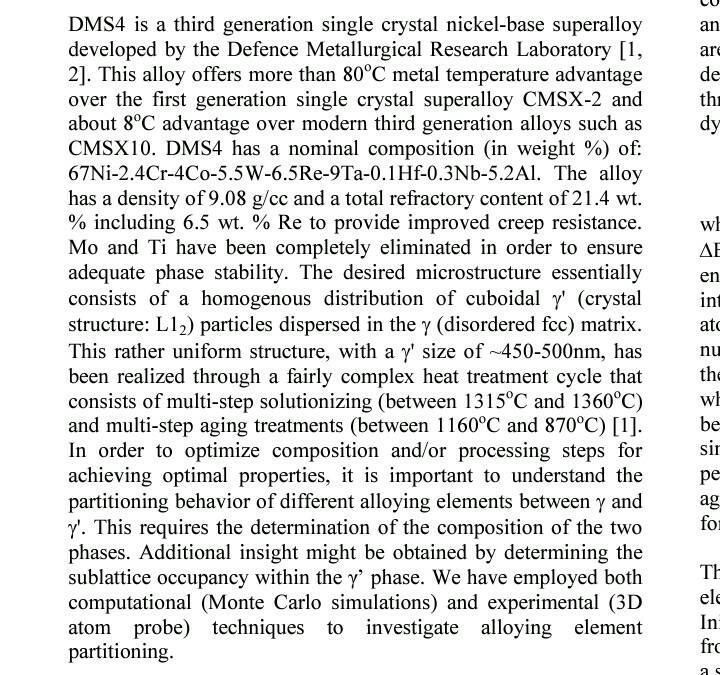Firstly, jet engine includes thousands of metal components, single crystal tech is used by only a part of them. There are still plenty of other components require other cutting-edge materials;
Secondly, when scientists claim that they already have a kind of new tech, it is only half truth. They didn’t mention is there is still long way to go before successfully applying this tech in specific product. If we take the single crystal tech as an example, After the scientists successfully produce this in their lab, they can claim the success. However, it is not over yet, the factory will take it over and start second round R&D on how to produce the single crystal in mass production with acceptable quality, and acceptable cost. This procedure may take even longer time to finish. And the story is not over yet. Since you need to use these new material on your blade, the tooling machine may also need to upgrade since the new material may be stronger, then you have to develop another metal knife, or new mould.
The problem is most of these facilities are made of also cutting-edge techs, there are very few countries can build them. They do not only require fund, but also time. Do recall, some of the test facilities took both Chinese and Japanese more than 10 years to complete.
You can only say that when your engine starts to fly on a fighter jet.
The way I read this story is: It took Indian scientists 3 years to understand that they will need certain kind of test facilities to fix the problem. It is not their fault, in most of cases, you won’t know what kind of testing facilities you will need before you are developing something by yourselves. These are part of knowledge and experience as well. But it is definitely anyone else fault, people won’t provide fund for something even yourselves don’t know about it.





